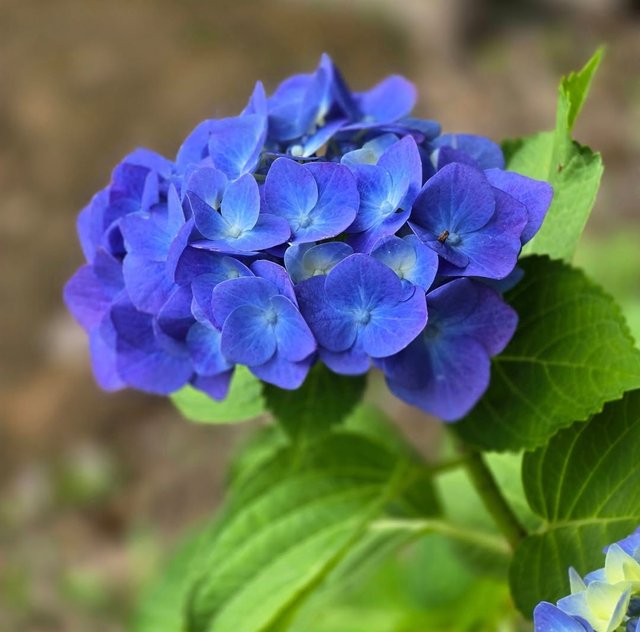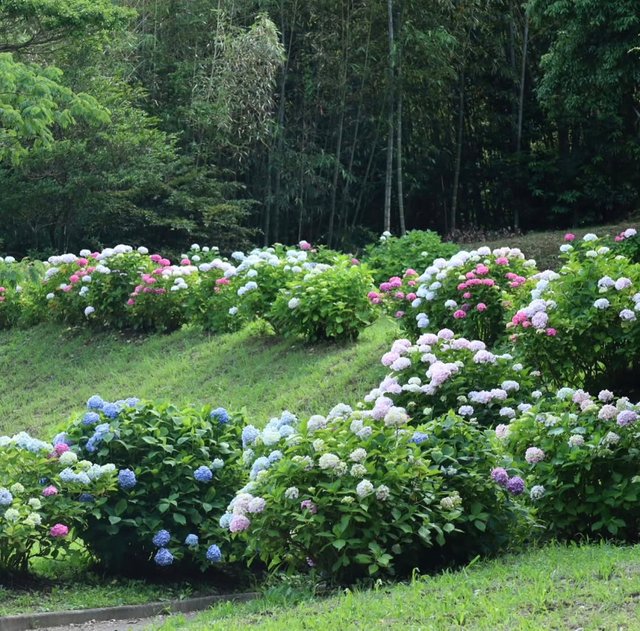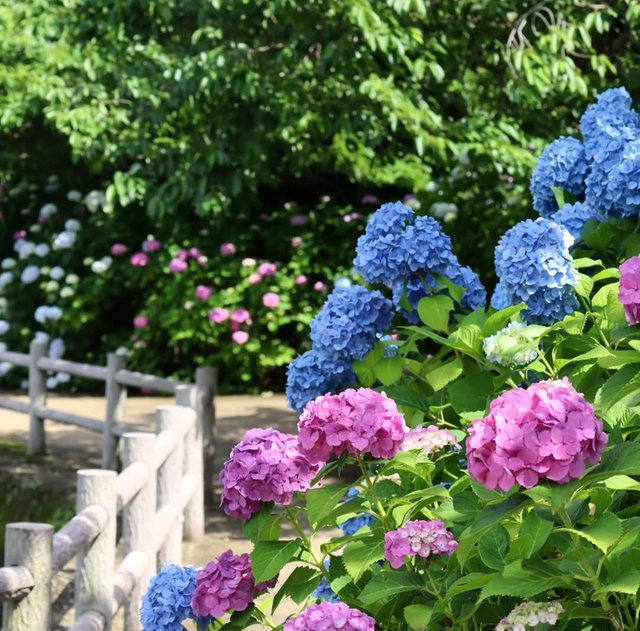Mophead Hydrangeas
If there's one plant that embodies charm, romance, and a touch of drama in the garden, it’s the Mophead Hydrangea. With its lush, round flower heads and vibrant color palette, this classic shrub remains a favorite for both beginner and expert gardeners alike.Mophead hydrangeas are a type of Hydrangea macrophylla, native to Japan, and are arguably the most recognized of all hydrangea types. They're often referred to as "bigleaf hydrangeas" due to their large, oval-shaped, glossy green leaves. The term "mophead" refers to the shape of their flowers — large, dome-like clusters resembling pom-poms or old-fashioned mop heads.
These flowering shrubs can grow from 3 to 6 feet tall and just as wide, making them ideal for hedges, garden borders, and centerpiece plantings.One of the most fascinating features of Mophead Hydrangeas is their color-changing ability:Blue flowers occur in acidic soils (pH below 6).Pink flowers occur in alkaline soils (pH above 7).Purple or mixed shades often appear in neutral soils.This chameleon-like trait allows gardeners to "paint" their gardens by tweaking the soil’s pH. Want blue blooms? Add aluminum sulfate. Prefer pink? Use garden lime to raise the pH.
Mophead hydrangeas thrive best in partial shade. They appreciate morning sun and afternoon shade, especially in warmer climates. Too much sun can scorch their leaves and cause the blooms to fade prematurely, while deep shade can limit flowering.The Mophead Hydrangea is much more than just a pretty flower. It’s a symbol of changing seasons, of adaptability and hidden complexity beneath a simple, bold exterior. Whether you’re a seasoned gardener or just getting started, adding a Mophead hydrangea to your landscape is like bringing a touch of magic into your own backyard.



